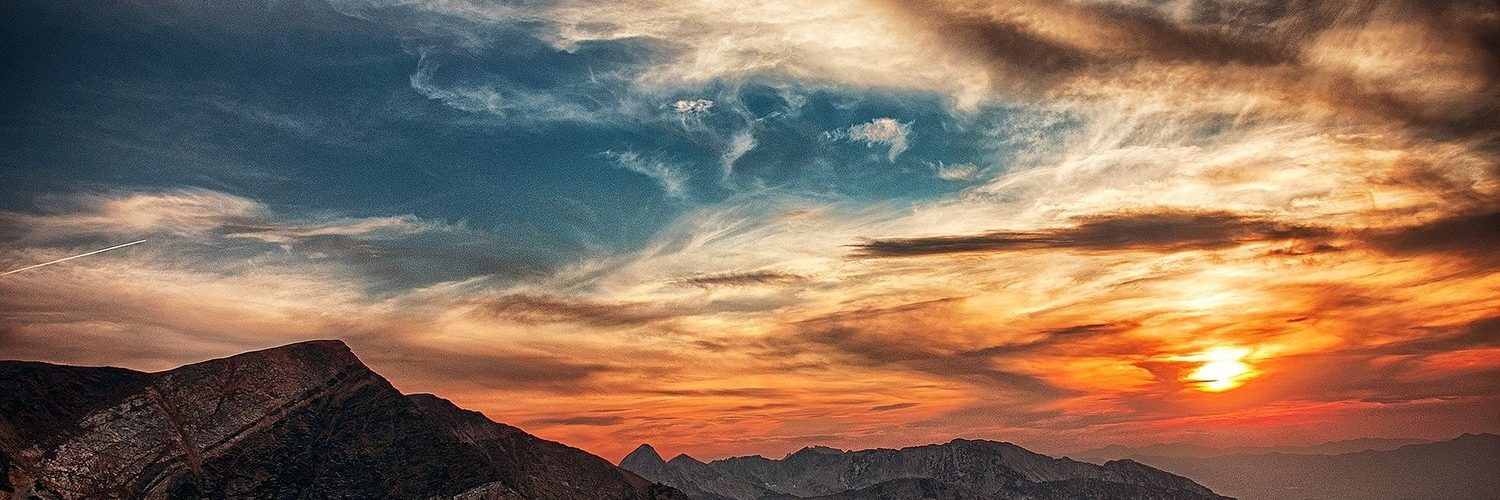
Certainly, not every national story out of Utah has to include mention of The Church of Jesus Christ of Latter-day Saints.
But given the LDS church’s strong influence in the Beehive State, that faith connection is highly relevant in many cases.
Take the Wall Street Journal’s recent front-page on a string of teen suicides in Herriman, Utah.
Based on the Journal’s powerful lede, it’s not immediately clear whether religion is a crucial factor — or a factor at all:
HERRIMAN, Utah — Eight months to the day after his only son, Chandler, killed himself, Kurt Voutaz was in his kitchen eating lunch.
He and his wife, Catherine, had long since ripped the blood-soaked carpet out of Chandler’s bedroom and cleaned the walls and ceiling. It was warm for February, and they had taken the snow tires off the car.
They were hoping winter was over.Suddenly, a police car sped across a footpath in the park behind their house. A couple of teenagers were standing nearby, shouting.
Mr. Voutaz stepped outside to see what was going on. He quickly wished he hadn’t. Just a few yards from his house, a body was lying on the ground. It was Chandler’s friend, Cooper Nagy. Like Chandler, he had shot himself.
Cooper was the fourth high-school student from Herriman to die by suicide since Chandler’s death in June of 2017. Two more would kill themselves by May of 2018, bringing the total to six in less than a year, plus at least one recent graduate.
Keep reading, and the story provides the nut graf — noting that the nation’s suicide rate is rising and that “suicide clusters” involving multiple deaths and almost always adolescents hit roughly five U.S. communities per year.
It’s scary, fascinating stuff.
But a religion angle?
Let’s see:
Few places have been hit harder than Utah, where the youth suicide rate has more than tripled over the past decade. The state consistently ranks in the top three in suicide among 10 to 17-year-olds, the CDC
says. Suicide is now the leading cause of death in Utah for that age group.When the string of suicides in Herriman began, few in the community seemed to want to touch the subject. The school, initially, made the decision not to publicly address the first deaths. District officials feared open discussion could make another death more likely, a common concern among school administrators.
Herriman parents saw another explanation: A deeply entrenched aversion in the community to discussing mental-health problems or seeking help.
“A lot of people don’t want to admit they have a child who isn’t OK,” said Brianna Godfrey, president of the parent-teacher-student association at Herriman High School. “There’s a lot of strain to be perfect, to keep up appearances.”
Um, might that strain to be perfect have any connection to the town’s Mormon influence? At this point in the piece, is anybody worried about holy ghosts — as we call them here at GetReligion — possibly haunting this otherwise compelling piece of journalism?
Not to fear.
Here’s what I didn’t mention: The byline on this story belongs to Ian Lovett, the Journal’s national religion writer.
He’s got the faith angle covered:
Utah is among the most religious states in the country, and most people there belong to the Church of Jesus Christ of Latter-day Saints, or LDS church. Residents say everyone in faithful towns like Herriman is shaped by the church’s influence, whether they worship on Sundays or not.
For decades, LDS leaders had labeled suicide a serious sin. Now, church officials say it is possible for those who die by suicide to go to the celestial kingdom, the highest realm after death in the Mormon faith.
In Herriman, residents say the stigma remains powerful, quashing discussion of mental health and deterring those who are struggling from seeking help.
“It’s ubiquitous in Utah whether you’re Mormon or not — we don’t talk about the hard stuff,” said Erin Preston, parent of a Herriman High junior, who grew up Mormon but is no longer active in the church.
This isn’t an inspiring or easy read, but it’s an important one.
And it’s made better by Lovett’s proper attention to the religious questions.










